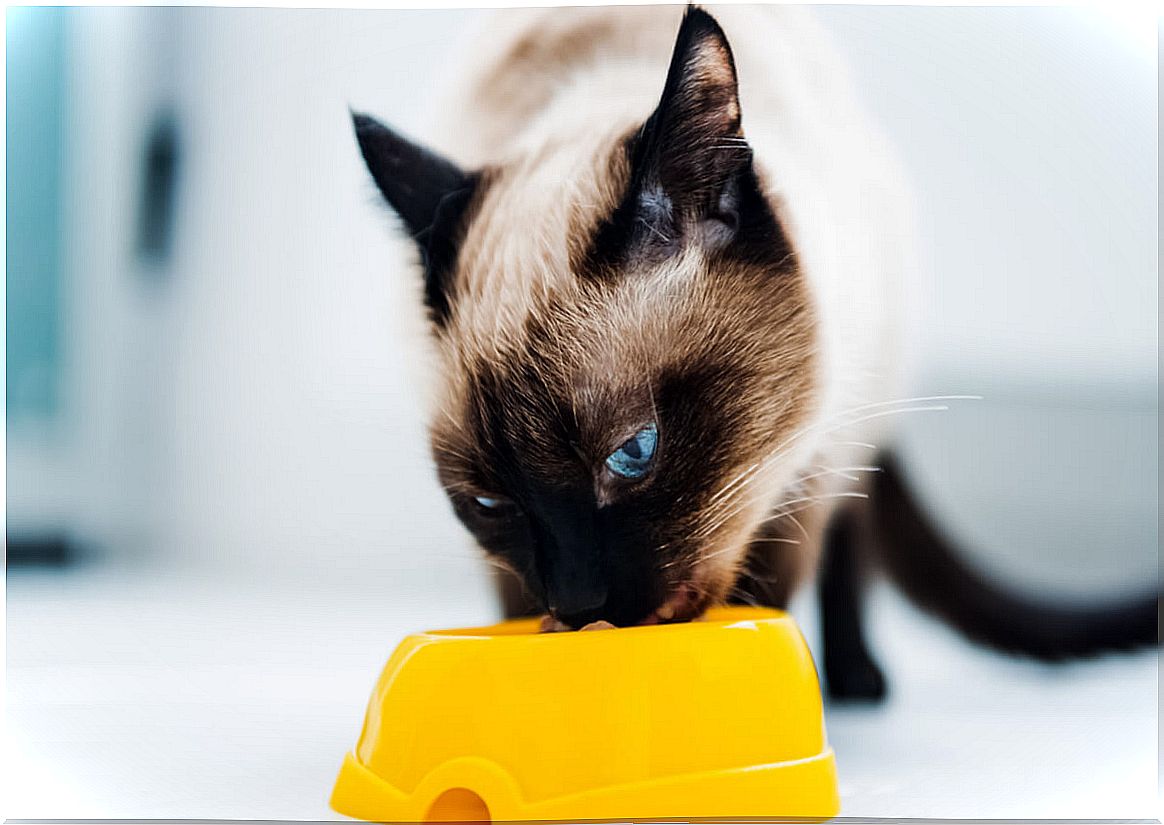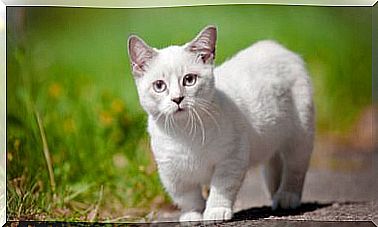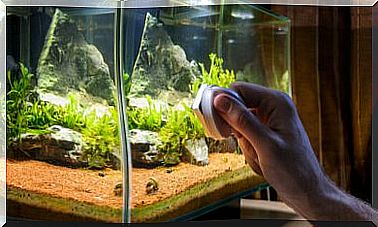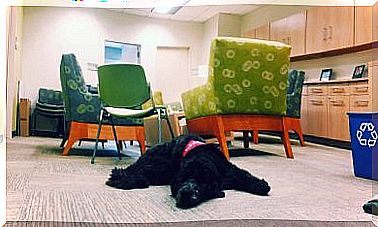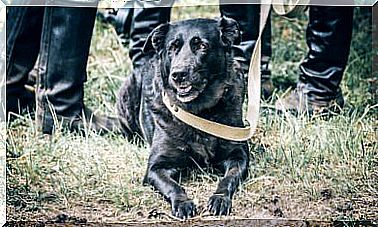Hyperlipidemia In Cats: Causes, Symptoms And Treatments
Feline hyperlipidemia is linked to the cat’s lifestyle and diet. These are the main factors that must be controlled to prevent it.
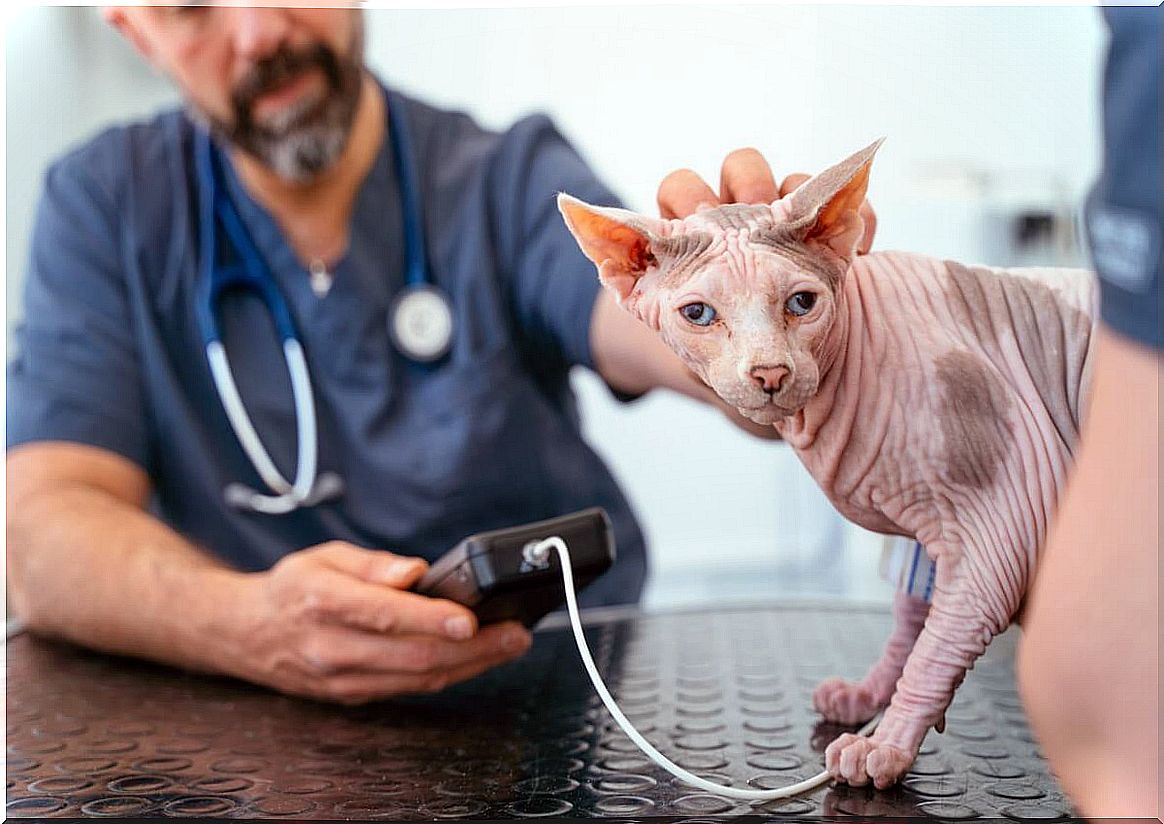
Causes of hyperlipidemia in cats
- Postprandial : that which is caused after taking food. As we said, it is a normal process.
- Drug-induced : Certain drugs — such as corticosteroids — can increase blood lipid levels.
- Primary hyperlipidemia : appears when the cat carries a mutated gene in the genome that causes this accumulation of fat.
- Secondary hyperlipidemia : occurs when the feline suffers from another disease that causes the accumulation of lipids in the bloodstream. For example, diseases such as obesity, diabetes, liver disease, kidney disease, Cushing’s syndrome or a high-fat diet.
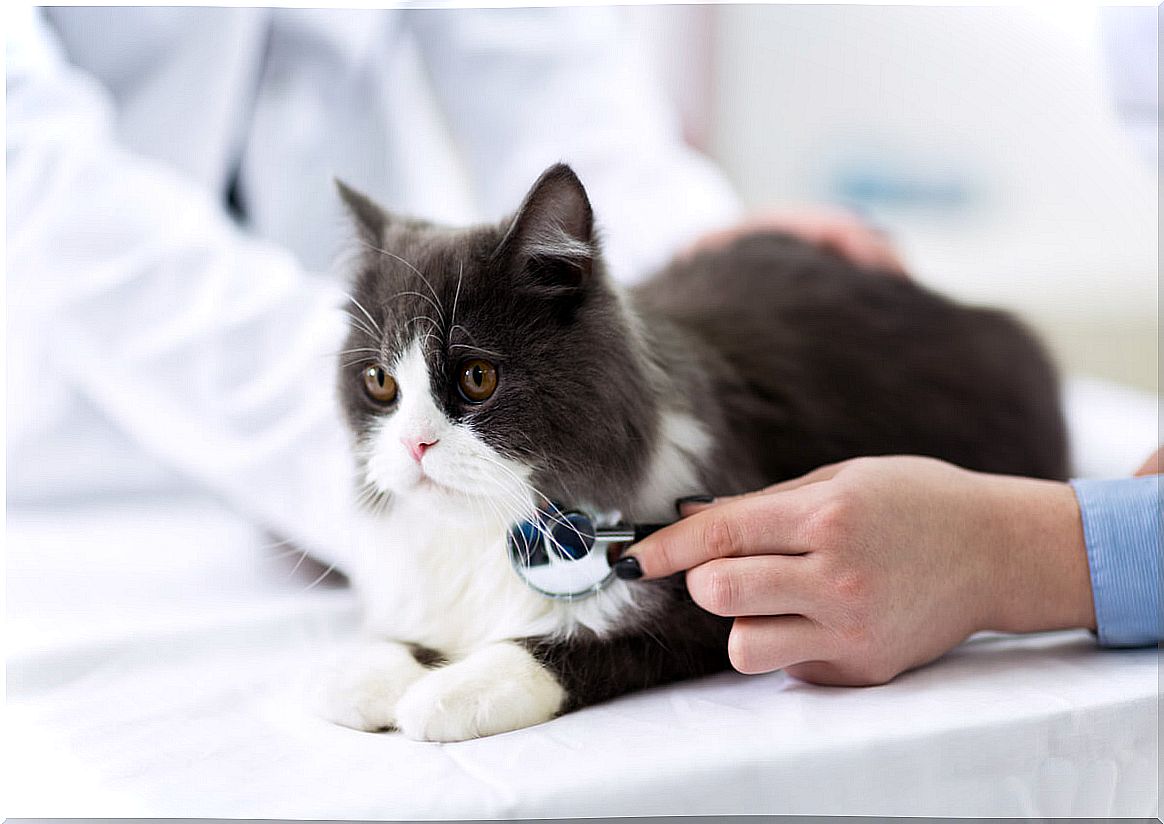
Clinical signs of the disease
- Vomiting
- Diarrhea.
- Decreased appetite or anorexia, which in turn can lead to pancreatitis.
- White spots on the surface of the eye, due to accumulation of fat in the cornea.
- Itching of the skin and alopecia.
- Seizures and changes in behavior, as a result of the accumulation of triglycerides that reach the brain.
- Polyuria and polydipsia. These terms refer to irregular urination patterns.
As can be seen, the clinical signs of hyperlipidemia in cats can be mild, intermediate, or severe. The most serious manifestations could end the life of the animal or, at least, reduce its well-being considerably.
Treatment
Prevent hyperlipidemia in cats
